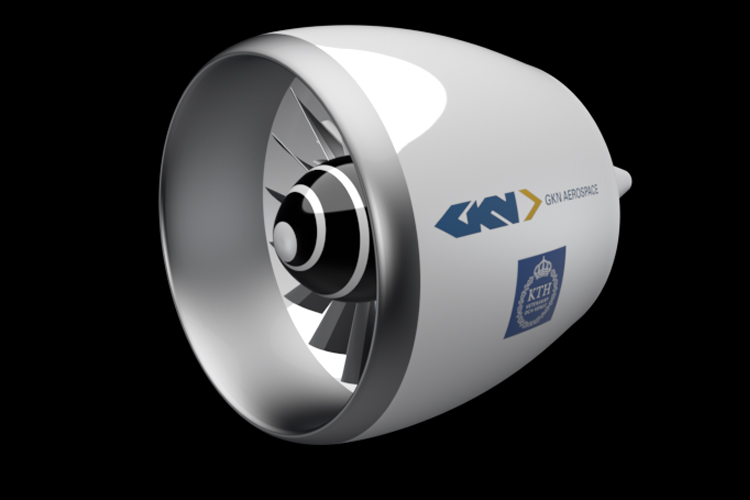Electric Ducted Fans (EDF) may soon show some promise in full-size flight. Several projects are under way, including EleFanT, an interesting development in Germany by GKN and KTH (the Swedish Royal Institute of Technology). First, though, we’ll look at two stateside projects. David Ullman’s IDEAL EDFs fans are nothing new in the model aviation world, often powering large-scale models of actual jet fighters or trainers. Such model motors, combining their thrust, can augment lift and propulsion on light aircraft, and a few larger projects are attempting to utilize that promise. David Ullman, in Independence, Oregon has flown a Jabiru he rebuilt from a wreck with its Jabiru engine providing the main power, but augmented in thrust and lift by four small electric ducted fans (EDFs). The arrangement is a partial demonstration of IDEAL, which stands for “Integrated Distributed Electric – Augmented Lift” flight, using “thrust from distributed electric propulsion to improve the lift and drag performance of the aircraft during …
Quiet Planes Make Good Neighbors
With this year’s Electric Aircraft Symposium just a few days away, the next few blog entries will close out reviews of presentations from EAS V. Krish J. Ahuja, Regents Professor at the School of Aerospace Engineering and the head of the Aerospace and Acoustics Technology Division at Georgia Institute of Technology, talked on “Quiet Propulsion for Small Electric Aircraft.” Dr. Ahuja came with great credentials, including his 1993 AIAA Aeroacoustics Award and being listed as one of top 50 Innovators by Aerospace magazine, 1995 and one of top 50 Technology leaders in the US by Industry Week Magazine. He started by examining the sources of aircraft noise. Internal combustion engines (ICEs) are inherently noisy, but propellers add to that noise by their thickness, speed of rotation and the amount of loading they bear in producing thrust. Converting air from low to high pressure as it moves through the propeller’s blades generates noise. Most annoying, the rasping shriek that comes from …

